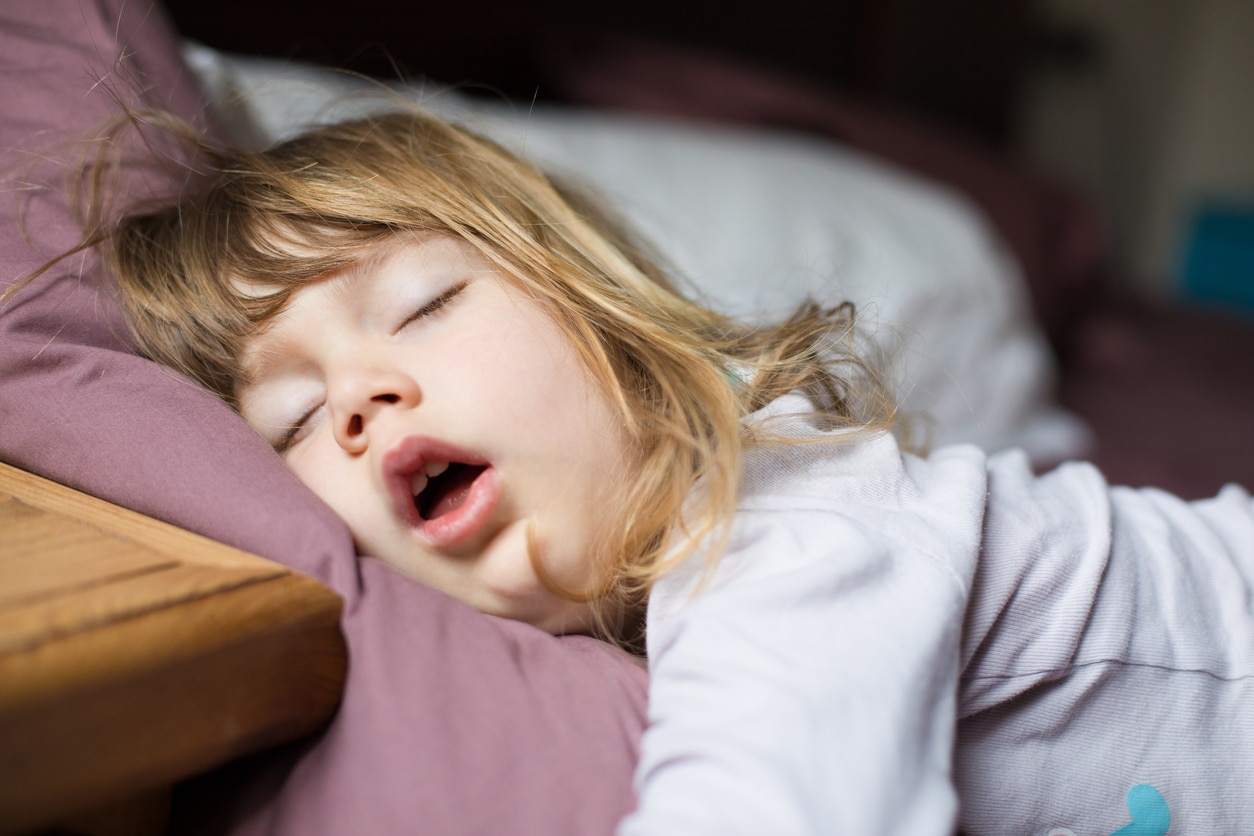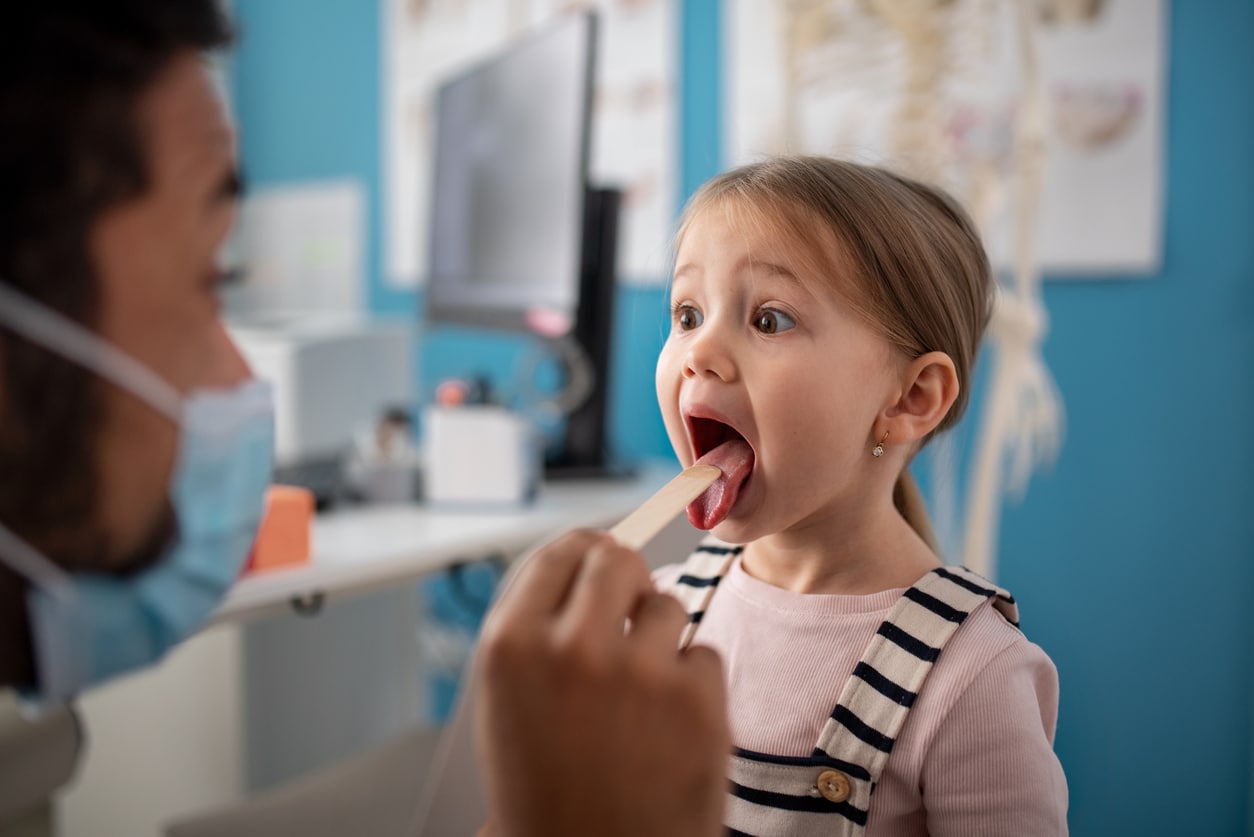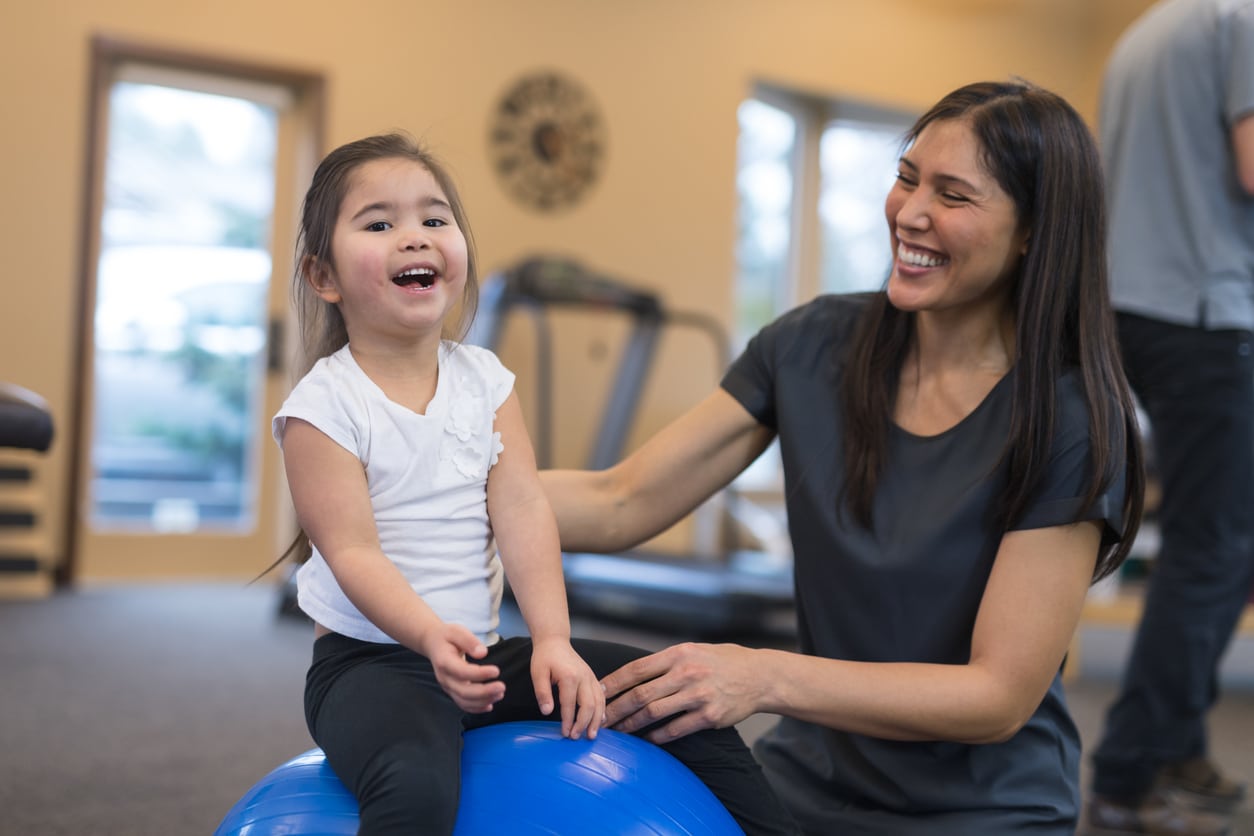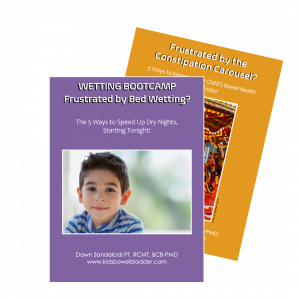
Do you ask about snoring when treating children with enuresis?
How about asthma, ear infections, or frequency of strep throat?
What about wheezing, or if a child still has tonsils and adenoids?
Are you wondering how these questions relate to bedwetting?
In my last 3 blogs, we’ve discussed some of the primary causes of enuresis in children. I’ve covered:
- Why we shouldn’t assume children will outgrow bedwetting
- How constipation relates to bedwetting in children
- Enuresis in children with ADHD
This week we’ll discuss the relationship between the antidiuretic hormone (ADH), upper airway obstruction, and enuresis.
Have you ever wondered why you don’t wake up more often at night to use the bathroom?
It’s normal to urinate every 2-4 hours when you’re awake. So why don’t you have the urge to urinate as often at night? It’s because your body produces a hormone at night that slows down your kidneys and decreases the amount of urine produced in your body. This hormone is called the antidiuretic hormone (ADH).
If a child’s body isn’t producing this ADH they will produce as much urine at night as they would during their awake hours. These children will either wake up to urinate or they will wet the bed.
Why would a child’s body fail to produce ADH? And how does this relate to children with upper airway obstruction?
Keep reading to learn more!
The Link Between ADH, Upper Airway Obstruction and Sleep Disorders in Children
Of children who have primary monosymptomatic enuresis, 8-47% of those children have upper airway obstruction. This is often thought to be related to the production of brain natriuretic peptide (BNP) and ADH within the body. Although the relationship between these two hormones is not entirely understood.

We do know that a child who has an upper airway obstruction often experiences poor or restless sleep. When sleep is disrupted so is the production of ADH. This causes the child to continue to produce urine at the same rate while they’re sleeping as when they’re awake.
In a 2022 study, a small sample of children with primary enuresis and upper airway obstruction were examined before and after a tonsil and adenoidectomy.
Results of this study showed 85.7% of children had an improvement in dry nights following surgery and 42.8% of children no longer experienced enuresis.
In my last blog, we discussed the relationship between enuresis and ADHD as it relates to a child’s arousal level. Many children who have ADHD also have sleep disturbances because of their difficulty with arousal and not being able to settle their bodies down to sleep. Might these children also have difficulty with producing ADH?
Children with ADHD and other related arousal disorders often demonstrate a shallow or upper chest breathing pattern which could inhibit the production of ADH and be a contributing factor to enuresis.
Although there is a correlation between the production of ADH and upper airway obstruction in children we know that not every child needs their tonsils and adenoids surgically removed. So what are other factors should we consider when treating a child who is not producing ADH at night?
The Link Between ADH and Genetics

Production of the ADH hormone is thought to be genetic, passed on through families, and is linked to the 22nd chromosome. In fact, 40% of children with one parent who was a bed-wetter (and 77% of children with two parents who were bed-wetters) also wet the bed themselves. And if both parents wet the bed this statistic is even higher.
Hence why many pediatricians default to telling families their child will outgrow their bedwetting. However, we know the statistics demonstrate that only 15% of all children will spontaneously outgrow their bedwetting.
Research tells us the devastation of enuresis is not simply a result of bladder leaks at night, but rather the result of the immense psychological impact bedwetting has on a child’s mental well being. This is why treatment is not only justified but considered mandatory by the age of six according to the International Children’s Continence Society.
Signs a child is suffering from the psychological impact of enuresis may include:
- Embarrassment – parents report their child often hides dirty underwear or soiled sheets.
- Fear – a child stops telling their parents they wet the bed.
- Frustration – the parent/child relationship is negatively affected.
- Guilt – parents blame themselves for their child’s enuresis.
- Peer relationships – enuresis can prevent a child from having sleepovers or going to summer camp.
Whether a child’s enuresis is caused by constipation, ADHD or neuropsychiatric disorders, or poor ADH production and upper airway obstruction, it is in the best interest of the child and their family to actively treat enuresis.
How Pelvic Floor Therapists Can Help a Child With Enuresis
So, how do you as a pelvic floor therapist begin to treat a child who has enuresis with suspected difficulty of producing ADH?
How do we know what the etiology of their enuresis is?
And where do we start when treating a child with enuresis?
Is it best to start with:
- Behavioral modifications
- Pelvic floor therapy
- Alarms
- Dry bed training

Is there a time and place for medications? Yes, and I cover the indications for medical treatment either in conjunction with urotherapy or not in my Peds Level 1 Course.
Treating children who have enuresis can be hard.
The psychological effects can be more damaging than the physiological ones. We need to work with children and their families to help them find a solution tailored to their specific situation.
Understanding the causes of a child’s enuresis and differential diagnosis is extremely important when working with a child and their family to help them get the relief they need. But knowing how to differentiate between the different etiologies, comorbidities, and where to start is challenging.
I discuss this and much more in my Pediatric Bowel and Bladder Disorders Course. This is a comprehensive course to evaluate and treat dysfunctional voiding, bedwetting, and constipation.
This course will help you gain clarity and identify where to start when treating enuresis in children. Peds level 1 covers:
- Anatomy, physiology, and normal development of bladder control
- Causes of incontinence in children
- Medical and therapeutic interventions used to treat bladder and bowel disorders
- Evaluation techniques
- Case Studies
This course is perfect for you if you’re just starting to see pediatric pelvic floor patients. If you’re an experienced therapist this course is an ideal way to get up-to-date with the latest research and treatment methods to become more effective treating these patients in the clinic.
I offer live in-person, online, and self-paced options for my courses to give you the flexibility and learning environment that works best for you. Start treating pediatric bowel and bladder disorders today!

Sources:
- Enuresis and upper airway obstruction: BNP and ADH hormones behavior before and after airway surgery
- Relationship between enuresis and obstructive sleep apnea–hypopnea syndrome in children – PMC
- Antidiuretic hormone and genetic study in primary nocturnal enuresis
- Enuresis | Psychology Today
- Definitions, indications and practice of urotherapy in children and adolescents: – A standardization document of the International Children’s Continence Society (ICCS)
- The standardization of terminology of lower urinary tract function in children and adolescents: report from the Standardisation Committee of the International Children’s Continence Society
